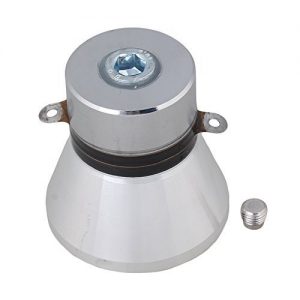‘Smart’ materials are also called ‘intelligent’ and responsive materials. This is due to the property to change with their environment. In fact, smart materials react via a reversible mechanism to an external stimuli: stress, electrical current, temperature or even chemical compounds1. Those materials can be divided into several sub-groups: shape memory alloy, piezoelectric materials, magneto-rheological and electro-rheological materials. Due to this property, smart materials find more and more applications in different field of science: medical, chemistry, physics.
I had the opportunity to pursue a secondment at Smart Material GmbH in Dresden², Germany. This company develops and manufacture piezo composite materials which are part of smart materials group. Smart Material Corporation was founded in Florida in 2000 and 2 years after Smart Materials GmbH in Dresden has been founded. Smart Material Dresden site where I pursue my secondment is composed of a Research and Development and a Production Department.
As said before, this company has for objective to develop piezo composite materials which can be used as actuators, sensors or in ultrasonic transducers for commercial applications. This company operates and sells its products worldwide for applications in the industrial, defense or aerospace sectors.

Figure 1: Ultrasonic transducer
Piezo composite materials are governed by the piezoelectric effect which was discovered by Jacques and Pierre Curie in 1880 in a quartz material. Piezoelectric materials exists under two crystalline forms: one is ordered and the other is disordered. When an electrical field is applied into a piezoelectric material in it disordered form, a change in the crystal structure will occur. Molecules will be reorganized to align in the electric field (Figure 2). Piezoelectricity was observed in quartz, barium titanate or lead zirconate ceramic for instance. Those materials can convert electrical or mechanical energy into mechanical or electrical energy respectively. This phenomena corresponds to the piezoelectric effect.

Figure 2: Polarization of PZT materials under electrical field
An example of application of the piezoelectric effect can be found in airbags sensors. In case of an impact a mechanical force will change the shape of the material which will generate an electrical field and the deployment of the airbags.
During this secondment, I had the opportunity to learn more on the piezoelectric effect and piezoelectric materials. This allows me to discover a different culture of the industry. This secondment helped me to have a new vision of my PhD work.
Claire Delacour, KU Leuven
Sources:
- Talbot, D. Smart Materials. Institute of Materials, Minerals and Mining Schools Affiliate Scheme (2003)
- https://www.smart-material.com (15/08/2018)




